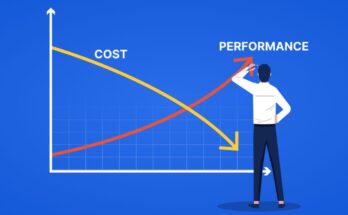When we talk about commercial due diligence, we refer to that particular process that a prospective buyer sets in motion so that they can assess the commercial viability of their target company before starting the purchase negotiation process. With it, you can get a full and clear overview of the internal and external happenings of a company, including its potential risks and Return On Investment (ROI).
Available in the form of a report, it outlines and analyzes the performance, scope of the market, internal culture, potential to meet targets on time, and other aspects of a company. It uses many different research processes and inspection methods, and is a long and complex operation.
- What are its functions?
There are many reasons why commercial due diligence is important. Its three primary functions include:
To help in the negotiation process – Due diligence can help a buyer better understand the assets of their target company, helping them make wiser decisions and come up with the right tactics to be more effective in negotiations.
To build confidence and assurance – A buyer can know of their target company’s capacity to achieve its objectives and goals, and get a grasp of how the market works and operates.
To support various financing requirements and processes – A buyer can have more and better options in their credit and refinancing plans. They can use a due diligence report to demonstrate the potential of high performance and efficiency of their target company in the future.
- Who does it apply to?
When organizations, businesses, and companies take part in acquiring properties/investments/stakes, company mergers, and insurance transactions, they need to undertake due diligence services. Usually, they hire a third-party firm to conduct the job. Because of how much time and resources due diligence services require, it is best to leave it to those with specialist knowledge, skills, and tools.
- What are the stages?
Generally, it takes at least a few weeks to complete a due diligence report. It also involves three main stages, which are:
Initial liaising – This is the first stage. It is when the prospective buyer meets with a third-party firm. After the buyer provides specific information about their wants and needs, such as certain information on the target company and deadlines, the third-party firm will begin their in-depth research.
Report compilation – This is the second stage, and also the longest among the three. It will require interviewing different sources, organizing all information gathered from the research, and ensuring that every avenue available, including government statistics, trade publications, forecast reports, and market analyses, is exhausted.
Review – This is the final stage. It is when the buyer finally gets access to the complete report, and gets the opportunity to learn more details about their target company. With the help of the analyses and findings, they can come to a final decision about whether or not to proceed with the purchase.
- What does it include?
Once you have the report, you will have access to tons of important information about your target company. This includes basic details, such as the target company’s products and services, history, and values, as well as more in-depth and exhaustive details such as:
The legal standing of your target company – The report can let you know if your target company has proper and legitimate legal documentation. It can provide information on any litigation problems, outstanding contracts, and more. It can also give you insights into how the current operations are doing.
Plans, forecasts, and projections – The report contains information on the company’s goals and objectives, including whether or not their targets and predictions are feasible and probable. It can give you a sense of how ambitious they are and also the type of image and culture they have.
Market size and competition – The report can show you how small or large the market is, as well as the type of people that make it up. It also provides information on the current and future challenges that can influence their growth and success. Company culture – The report can offer a glimpse into the dynamics of the workplace. It can tell you what the relationship is like between the management and the employees, how effective the workforce has been so far, and so on.




